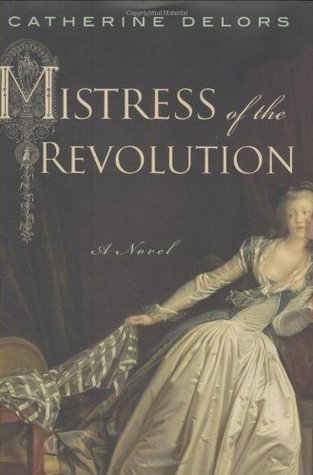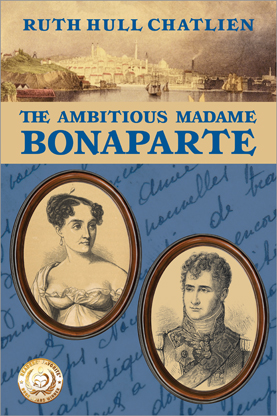
Madame Tussaud: A Novel of the French Revolution
Book Description
Amidst the flickering shadows of the guillotine, a young woman's sculpted creations come to life against the chaos of the French Revolution. Madame Tussaud, caught between loyalty to the king and her passionate ties to revolutionaries, navigates a world where each choice could mean life or death. As friendships shatter and love ignites in the backdrop of bloodshed, her artistry becomes both a lifeline and a weapon. Betrayal lurks around every corner, and danger is constant. Will her relentless spirit outshine the darkness enveloping Paris, or will the revolution consume her? As the stakes rise, who will survive the tumult?
Quick Book Summary
"Madame Tussaud: A Novel of the French Revolution" by Michelle Moran immerses readers in turbulent 18th-century Paris through the eyes of Marie Grosholtz, who would become Madame Tussaud. As an apprentice wax sculptor, Marie finds herself torn between her employer’s royalist affiliations and the rising tide of revolutionary fervor. Living and working at the celebrated Salon de Cire, she forges connections with both the extravagant royal court and ambitious revolutionaries such as Robespierre. As the streets erupt into violence and the guillotine casts its shadow, Marie’s extraordinary talent becomes her greatest asset and her most dangerous liability. In a world marked by shifting allegiances, betrayals, and the ever-present threat of death, Marie’s resilience and artistry sustain her and those she loves. Moran’s historical novel paints a vivid portrait of personal courage amid one of history’s most dramatic upheavals, exploring the cost of survival and the price of neutrality.
Summary of Key Ideas
Table of Contents
Artistry as Survival and Resistance
Marie Grosholtz grows up immersed in the world of wax sculpting, learning the art from Dr. Curtius in their Parisian salon. Her talent attracts both elite nobles and commoners, blurring social boundaries at a time when divisions are deepening. Through her work, Marie provides a unique service: immortalizing both the famous and infamous in wax, a craft that inadvertently entwines her fate with those who shape history. Her ability to navigate various social circles becomes both an asset and a risk, as each connection can offer protection or draw suspicion in rapidly changing times.
Loyalty and Betrayal in Times of Upheaval
As revolutionary fervor rises in France, Marie’s life becomes a balancing act between personal ambition and survival. Loyal to her family and Dr. Curtius, she still forms friendships among both royalists—such as the king’s sister, Madame Élisabeth—and key revolutionaries like Robespierre. Navigating this landscape demands constant vigilance; any misstep could bring ruin. With public executions and street riots escalating, Marie is forced to participate in the revolution in ways that test her morality, such as making death masks of guillotined aristocrats and revolutionaries alike.
The Human Cost of Revolution
The revolution exacts a brutal toll, severing relationships and reshaping identities. Marie faces the loss of loved ones and the threat of imprisonment, her friendship networks fraying under suspicion and betrayal. The guillotine’s shadow grows omnipresent, underscoring the instability and fear that come to define daily life. Yet, through each hardship, Marie’s art offers a lifeline to the past, bridging the chasm between her memories and harsh new realities. The personal cost of survival becomes increasingly high, as she is compelled to compromise and adapt.
Women’s Roles and Agency in History
In a society where women are often sidelined, Marie’s journey shows the struggle for agency and recognition. Her artistic renown allows her a rare measure of influence, but it also exposes her to danger. The novel explores how Marie asserts her identity and independence within tight societal constraints, often at great personal risk. The choices she makes—between self-preservation and loyalty, between love and survival—underscore the unique challenges faced by women during revolutionary times, and highlight broader themes of strength and resilience.
Personal Sacrifice and the Quest for Identity
Ultimately, Marie’s relentless spirit and creativity emerge as her salvation. Amid political chaos, loss, and shifting fortunes, she crafts a legacy that outlasts the revolution itself. The novel closes with Marie poised at the threshold of reinvention: her survival is hard-won, built on the sacrifices she’s endured and the art she’s preserved. Moran’s portrait of Madame Tussaud is both intimate and sweeping, presenting not just a singular life but a compelling reflection on the intersections of art, history, and humanity during one of Europe’s most violent upheavals.
Download This Summary
Get a free PDF of this summary instantly — no email required.





